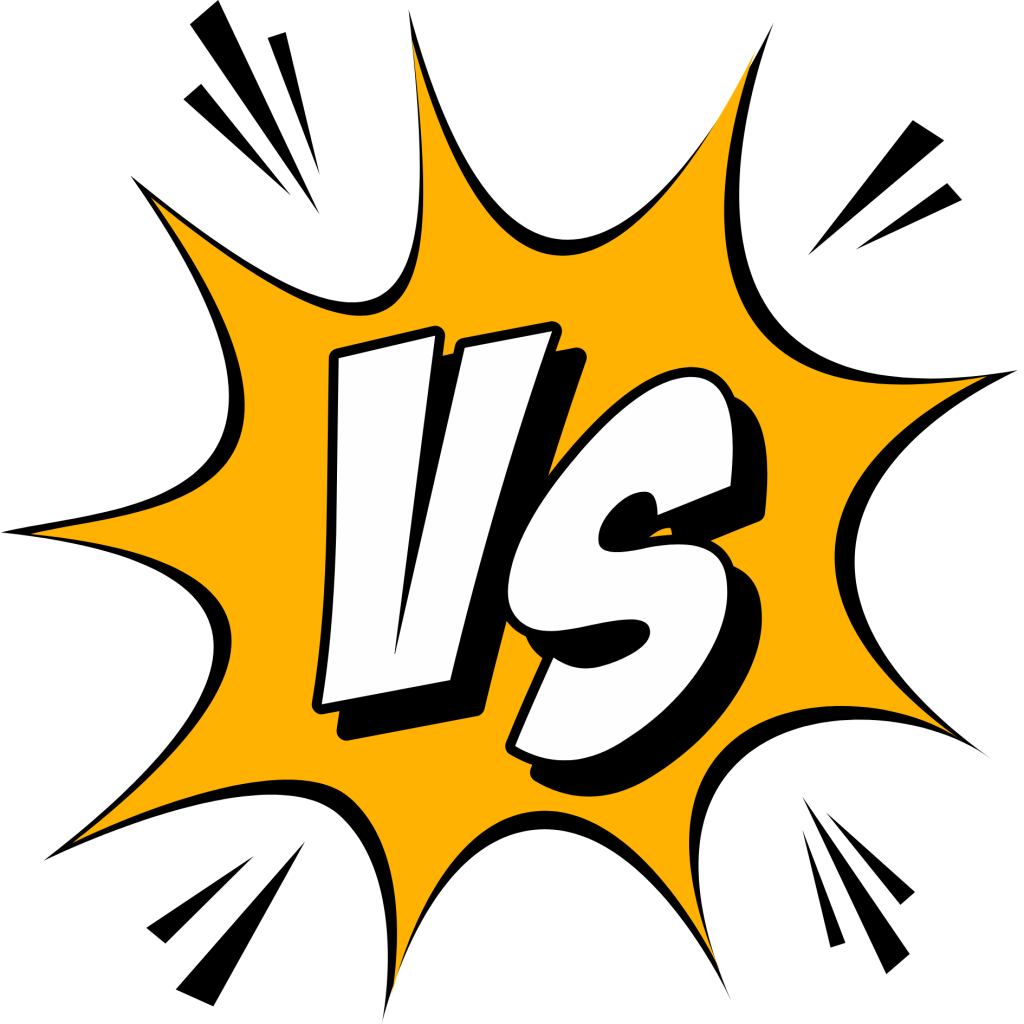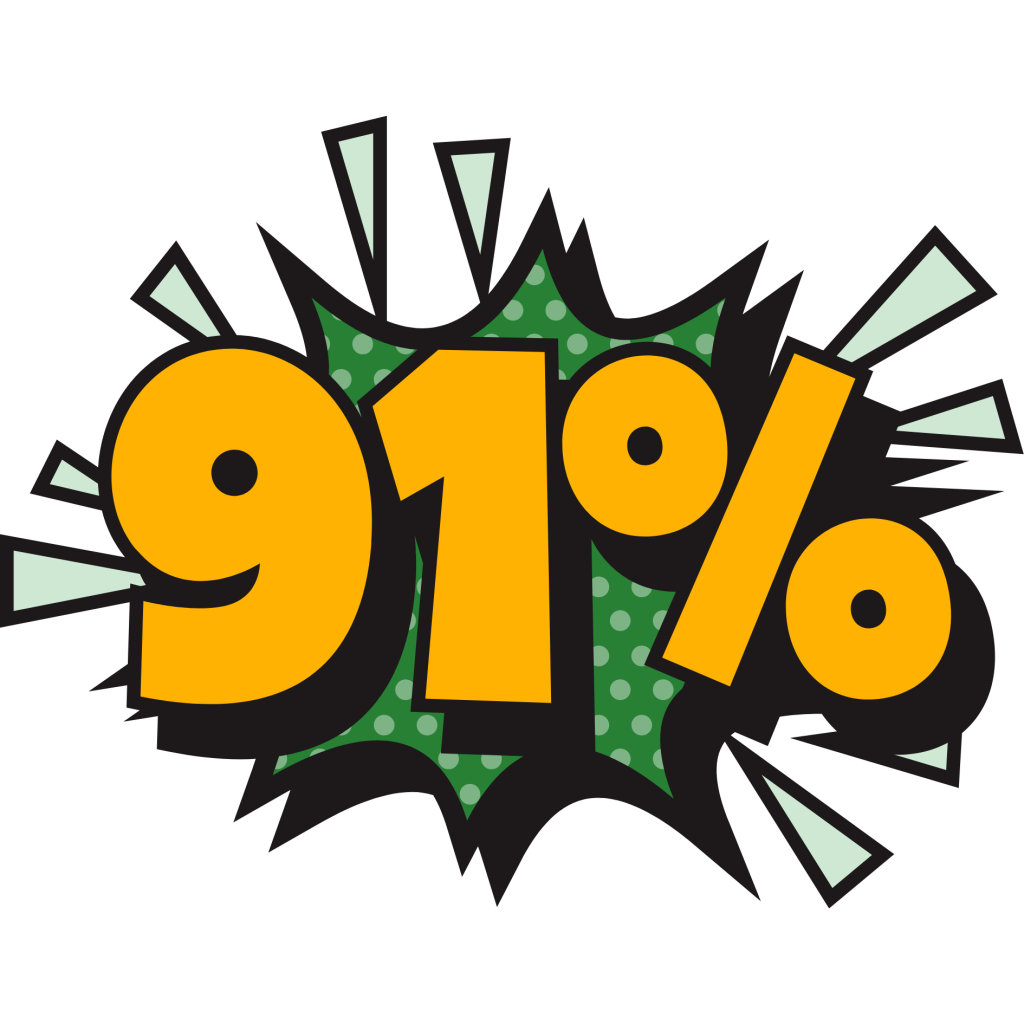Subscribe to our newsletter for updates on the latest pokies, top bonuses, and fresh casinos – without any deceptions! Each email is like a jackpot win. Register now for a special WELCOME BONUS FOR OUR CASINO OF THE MONTH !
Get your bonus!

When you’re playing at a real money online casino Grasping the differences between RTP (Return to Player) and house edge can greatly affect your gaming choices. Both concepts are essential for assessing each game's potential risks and gains.
Whether you're just starting or are a seasoned gambler, comprehending how RTP and house edge interplay can refine your strategies and ultimately enhance your bankroll management.
Let's delve into these ideas and see how they pertain to the online casino games you love.
What is RTP?
RTP, or Return to Player, signifies the percentage of all the money bet on a game that players can expect to receive back over time.
For instance, a slot game with an RTP of 96% suggests that theoretically, for every $100 staked, $96 is returned to players.
The $4 left over represents the expected profit for the casino. Keep in mind, RTP is determined over millions of plays, so short-term outcomes might be much more variable than this.
What is House Edge?
The house edge is essentially the inverse of RTP, indicating the percentage of each wager that the casino hopes to keep over the long term. If a game offers a 96% RTP, the house edge stands at 4%.
The house edge ensures that casinos remain profitable over time. Even games with high RTPs give casinos a slight upper hand, ensuring profitability.
Example:
The relationship is clear: higher RTP means a lower house edge, and vice versa.
RTP and house edge are like two sides of the same coin, revealing the same gaming principle but from opposing angles: RTP from the player's view and house edge from the casino's.
Ultimately, they both demonstrate how much of your wagered money might be returned versus how much the casino keeps.
It's vital to note that neither RTP nor house edge guarantees short-term success. While an RTP might be 96%, your actual gains or losses could differ greatly in a single session, especially in volatile games.
Recognizing how these figures affect your choices can lead to more strategic decisions and an enhanced gaming experience.
 Table games like blackjack, roulette, and baccarat often have different RTPs and house edge compared to pokies.
Table games like blackjack, roulette, and baccarat often have different RTPs and house edge compared to pokies.
Games might present a lower house edge if you're employing the right strategy, allowing better chances to turn a profit.
Highlights for Table Games:
How Table Games Differ
Table games enable players to alter the house edge through strategic plays. For example, in blackjack, applying a solid strategy can drastically lower the house edge.
By mastering game rules and best practices, players can increase their winning chances.
Compared to table games, pokies (slot games) usually have a higher house edge. Nevertheless, they promise the possibility of big wins with smaller bets, drawing many players.
Highlights for Pokies:
Popular Online Pokies in Australia
Several top online pokies in Australia feature decent RTPs and diverse volatility profiles:

Over time, RTP and house edge become reliable indicators of potential wins or losses. For instance, playing a pokie with a 95% RTP might result in the casino retaining about 5% of all money bet on it.
This doesn't imply a 5% loss with every spin, but rather an average across thousands of spins and many players, matching these percentages
How RTP Impacts Your Bankroll
A higher RTP generally means you could lose less money over time, thereby extending your playtime.
Seeking games with a high RTP is always advisable to maximize your bankroll's value.
 In Australia, popular online casino games include both pokies and table games. Comparing the RTP and house edge of these games can help you choose which one best fits your playing style.
In Australia, popular online casino games include both pokies and table games. Comparing the RTP and house edge of these games can help you choose which one best fits your playing style.
Popular Games to Compare:
Volatility, also known as variance, is an additional factor intertwined with RTP and house edge, reflecting a game's risk level.
High-volatility games might yield infrequent but larger payouts, whereas low-volatility games offer regular, smaller wins.
While a game's RTP remains unaffected by volatility, how payouts are dispersed does.
Example of Volatility:
Understanding volatility alongside RTP and house edge helps in determining which game suits your risk preference best.
RTP and house edge are two fundamental aspects every online casino player should grasp. RTP forecasts the player's expected returns over time, while house edge guarantees casino profits.
Both figures offer key insights into the games you play, aiding in making more informed choices.
Regardless of whether you enjoy high-stakes table games like blackjack or the excitement of pokies, the interplay between RTP, house edge, and volatility could greatly impact your gaming experience and success in the long run.